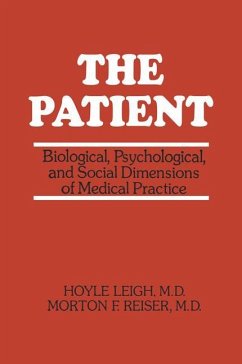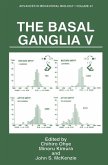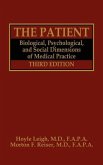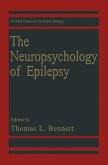Chronic and excessive alcohol consumption disrupts a number of biologic sys tems. Central nervous system pathology, associated with long-standing alcohol ingestion, has particularly deleterious consequences to the individual. Compro mising brain functional integrity ultimately militates against psychosocial ad justment, and this process is inevitably reflected as a substantial economic loss to society in the form of costs for providing medical and social services, as well as disability and absenteeism from work. This book marshals the literature pertinent to the effects of chronic alcohol abuse on brain structure and functioning. The material is divided into two parts: basic research and clinical issues. In the first section, the manifest neurologic consequences are described across the different levels of biologic organization, these being brain morphology, neurochemistry, neurophysiology, and neuro psychology. In recognition of the multifactorial etiology of alcohol-related brain pathology, the influence and role of hepatic, endocrine, and nutritional factors are also examined. The second section addresses clinical syndromes and dis orders. It will be noted that evidence accrued from recent research suggests that neurologic disturbances may actually antedate the onset of drinking in some alcoholics. Other clinically important issues discussed are the effects of alcohol on neurologic development, aging, and dementia. The book concludes with a discussion of the alcohol withdrawal syndrome, its mechanisms and manifes tations. A fundamental objective of the editors was to illustrate that the consequences of chronic alcohol excess can be comprehensively understood within the per spective of interrelated hierarchical systems of brain organization.








